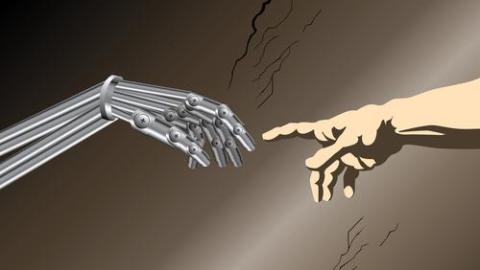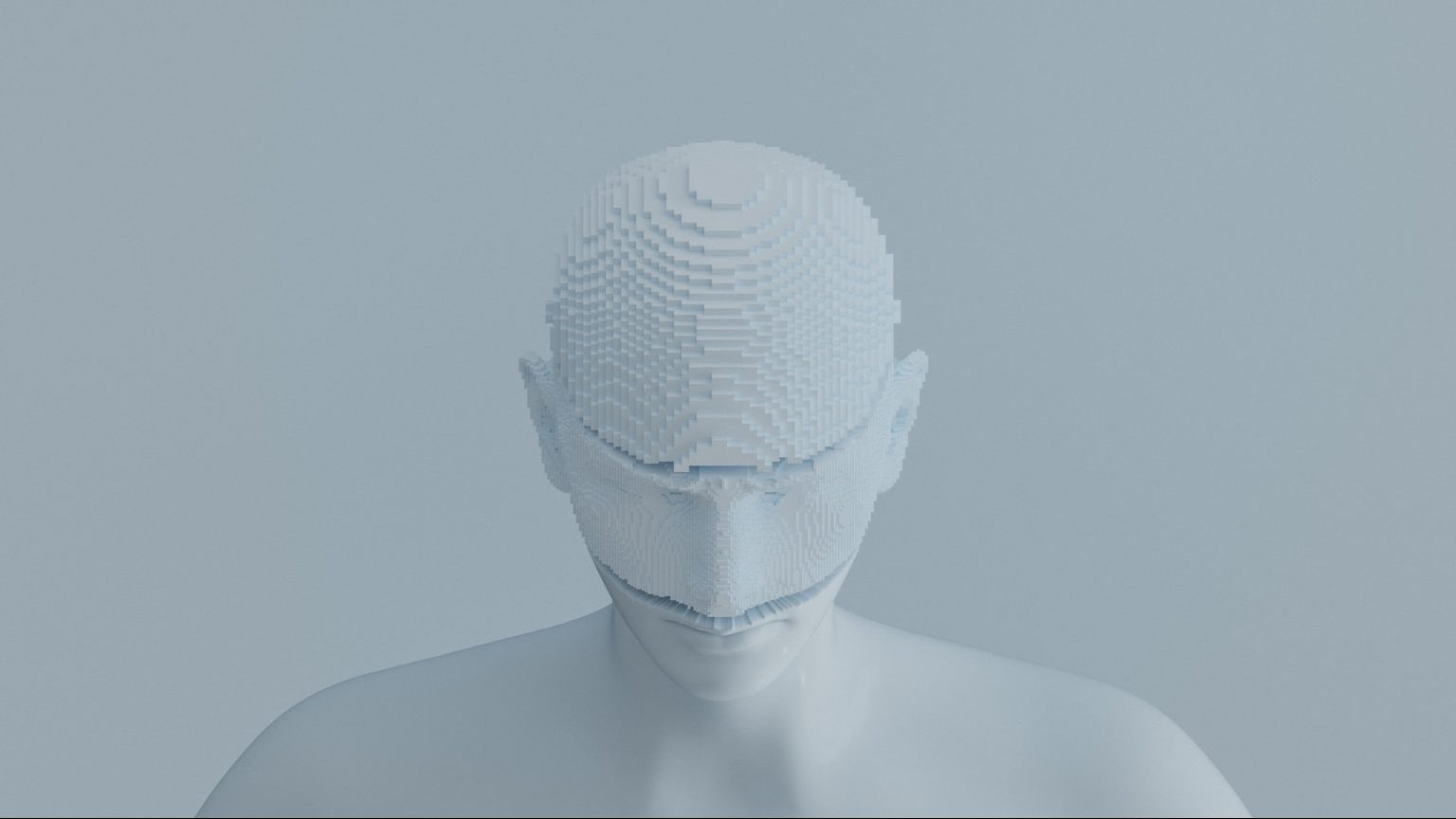Bionic Bodies by 2014

What’s the Latest Development?
Scientists at Duke University have engineered a powerful brain-machine interface that allows primates to “move” a virtual arm with their mind and “feel” different textures belonging to virtual objects. Electrodes placed on the primates’ motor and somatosensory cortex connected their brains to the virtual world created by scientists. While past interfaces have measured 50 to 100 neurons, this new method records thousands of movements at once, an order of magnitude greater which allows for more sophisticated manipulations.
What’s the Big Idea?
Scientists are increasingly able to merge the mind with machines in the external world. Monkeys have already demonstrated control of a robot arm using a brain-machine interface. Advancements made in tactile interfaces also hold promise for individuals with spinal cord injuries. Researchers’ ultimate goal will be to build a human exoskeleton that routes mental commands directly to machine parts that will in turn manipulate the limbs. Living in a wheel chair could become obsolete within our lifetime.





